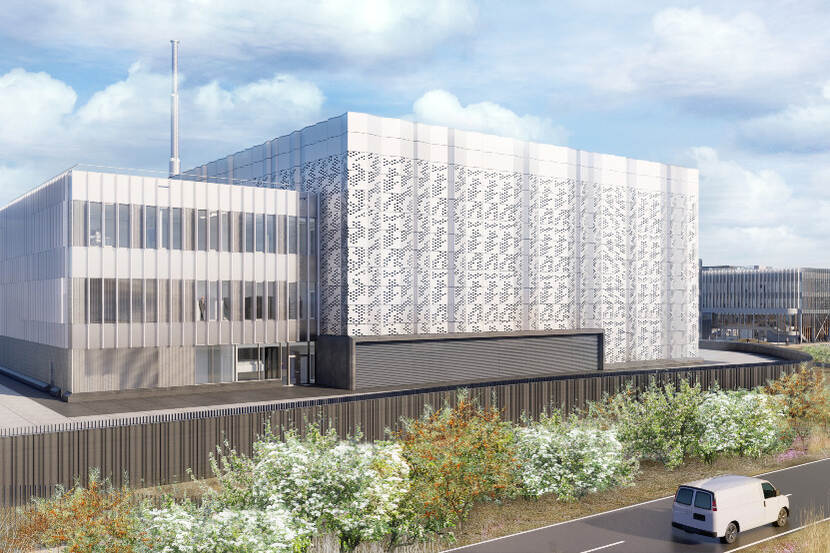 The Netherlands Nuclear and Radiation Protection Authority (ANVS – Autoriteit Nucleaire Veiligheid en Stralingsbescherming) has granted a construction licence for the Pallas reactor at Petten, in the municipality of Schagen. Rijkswaterstaat has also issued the Water Act permit for the intake and discharge of cooling water. This means the permit under the Environmental Law (General Provisions) Act for the construction of the buildings and cooling water pipes will also come into force.
The Netherlands Nuclear and Radiation Protection Authority (ANVS – Autoriteit Nucleaire Veiligheid en Stralingsbescherming) has granted a construction licence for the Pallas reactor at Petten, in the municipality of Schagen. Rijkswaterstaat has also issued the Water Act permit for the intake and discharge of cooling water. This means the permit under the Environmental Law (General Provisions) Act for the construction of the buildings and cooling water pipes will also come into force.
The Pallas reactor will be built to replace the existing 45 MWt High Flux Reactor (HFR). HFR, operated by NRG on behalf of the European Union’s Joint Research Centre, began operation in September 1960. It has provided about 60% of European and 30% of the world's use of medical radioactive sources. The new 55MWt tank-in-pool type Pallas reactor will be able to deploy the neutron flux more efficiently and effectively than the HFR.
Pallas said that the construction licence application was submitted to ANVS and the Department of Public Works in June 2022 “after a long preliminary process”. The decision on funding for the overall Pallas programme is being debated by the government and is expected to be made this year. The Minister of Health, Welfare & Sport has instructed Pallas to continue with project preparations to avoid unnecessary delays. Preparations for the realisation of the construction pit will therefore continue pending the final funding decision.
ANVS said the final permit for the construction of the Pallas marks “the first time in decades that a permit has been granted in the Netherlands for the construction of a new nuclear reactor”. The Preparation Foundation for the Pallas reactor has already received one environmental impact report (MER) which looks at the environmental impact of the construction of the reactor. The foundation sent this report to ANVS with their permit applications.
ANVS noted that, during public consultations of the permits, citizens and interest groups raised questions about nitrogen release, which had also been mentioned in the MER. Pallas in response supplied an addition to the environmental impact assessment (EIA). The subject of nitrogen is not covered by the Nuclear Energy Act or the responsibilities of ANVS, but by the Nature Conservation Act. Pallas already had a nature conservation law permit but information on nitrogen emissions has now been supplemented to complete the EIA.
“Our licensees and lawyers have worked hard to assess the Pallas licence application,” said ANVS Board member Marco Brugmans. “Including the preliminary consultation on the permit requirements, it was a trajectory of many years. Pallas has had to demonstrate in detail that the reactor can run safely if it is built in this way. Now that all necessary steps have been taken including consultation, we have granted the construction permit and we will ensure that Pallas complies with the regulations we have set out.”
ANVS stressed that this is only a permit for construction and a further permit will be required for operation. “Before we grant it, there is another period of participation. This will likely be in 2028, ANVS said.
Image: Artist's impression of the Pallas reactor building (courtesy of ANVS)






